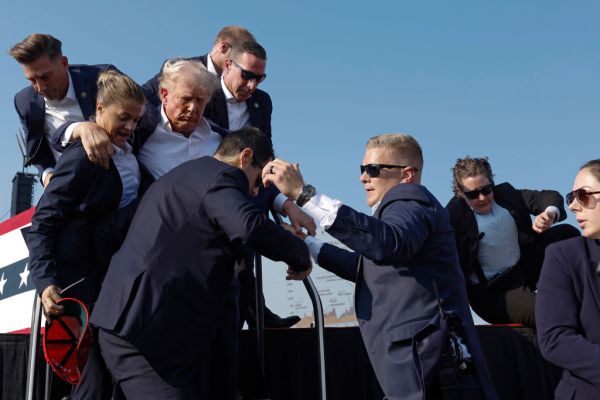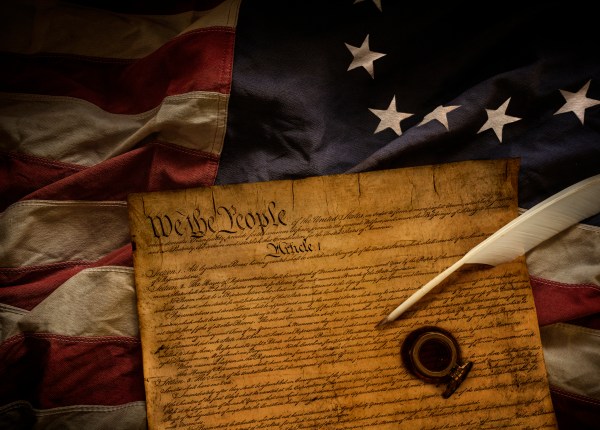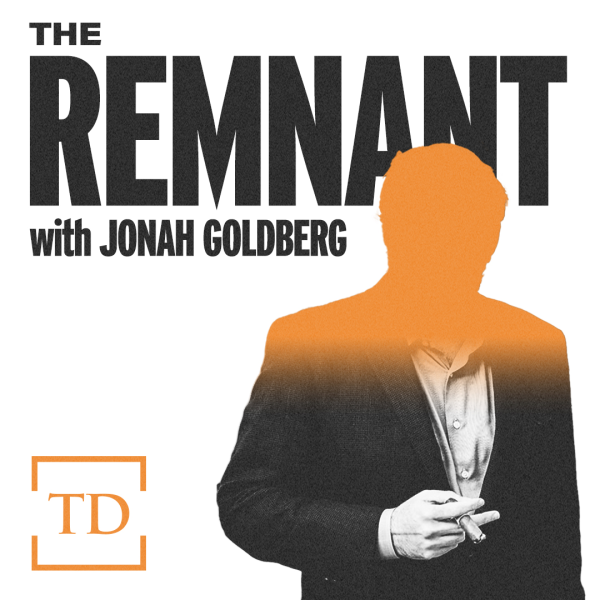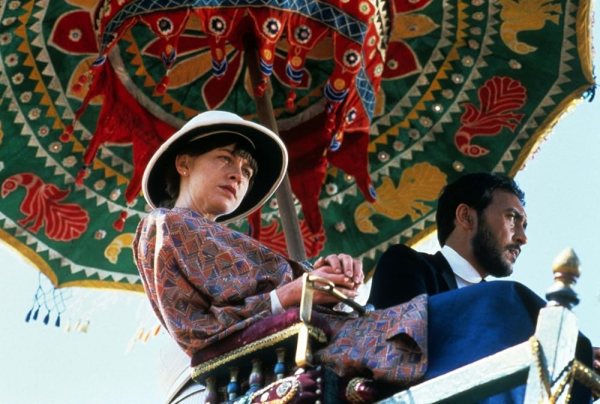To many conservatives, American institutions are in a constant state of crisis. A mass deterioration of civil society—from the nuclear family, to higher education, to community life—has led to many social and political woes, they point out, but the proposed solutions to institutional breakdown often remain outside our reach. If hoped-for policy changes could take generations to enact, what can the average American accomplish with a mere Tocquevillian lament?
David Brooks’ How to Know a Person: The Art of Seeing Others Deeply and Being Deeply Seen, begins with the usual culprits for our social and political disarray. Unlike other diagnoses, however, his book gravitates toward more granular solutions: a hand planted on a shoulder, a listening ear, a caring gaze, an understanding nod. The book treats these actions as the mustard seeds that build relationships between two people, and eventually within a nation. As Brooks writes, “Many of our big national problems arise from the fraying of our social fabric. If we want to begin repairing the big national ruptures, we have to learn to do the small things well.” Part memoir of Brook’s own soul and relationships, part manual for how to meaningfully connect with other humans, How to Know a Person blends the ideal and the real, the abstract and the tangible.
Brooks spent more than four years researching the book, with impressive results. As he often does, he helpfully surveys various social psychology studies. Some notable ones include William Ickes’ research which found that people accurately predict what strangers think only 20 percent of the time, and the work of a group of neuroscientists who found that people often prefer to share their thoughts or feelings than receive money. The way Brooks blends this research into his narrative keeps How to Know a Person from reading like a self-help manual.
But his grasp of moral philosophy—which underpins a case for why we should want to cultivate skills for seeing and allowing ourselves to be seen—is even more admirable. As much as it is a practical “how-to” book, How to See A Person is also a book about moral formation.
Whether a deep conversation with a family member or a glance at a stranger on the street, every encounter has the potential to affirm or reject another person. Summarizing the British novelist Iris Murdoch, Brooks writes that “the essential immoral act is the inability to see other people correctly … Evil happens when people are unseeing, when they don’t recognize the personhood in other human beings.” In turn, the antidote to dehumanization and passive indifference calls us to really try and see. And truly seeing requires the accumulation of little human interactions, creating a basis for a moral imagination that beholds the life and dignity of other people. Like any aspect of moral formation, these skills must be sought, honed, and acquired through hard work.
Two categories—“Illuminator” and “Diminisher”—exemplify the actions that make up Brooks’ moral framework for how to see a person. “Illuminators” are curious and attempt to develop the skills to understand others. Conversely, “Diminishers” view other people as instruments, or simply disregard their existence. Illuminators make others feel uplifted; Diminishers make others feel insignificant. Through examples of his own and others’ behavior, Brooks provides narrative after narrative to show how Illuminators and Diminishers engage the world and the effects they can have on the lives around them.
How does the difference between an Illuminator and a Diminisher relate to our socio-political disconnection? For one, the distinction reminds us that work of moral formation is not done in isolation. Becoming an Illuminator takes a village. “In the Illuminator model, character building is not something you can do alone. Morality is a social practice. It is trying to be generous and considerate toward a specific other person, who is enmeshed in a specific context,” writes Brooks. This makes the task of becoming an Illuminator all the more challenging. Our ardent individualistic tendencies and our hesitancy to invite others into our lives, especially those who are different from us, keeps us from practicing how to “see” and “know” others.
More importantly, the process of becoming an Illuminator matters for our politics because it helps us recognize the complexity of other people. We struggle to view people as part of a group identity—whether religious, racial, or political—and also as distinct individuals within those groups. Brooks offers “seeing” as the way to hold these seemingly contradictory ways of understanding a person together. He writes that we must adopt a “kind of double vision,” adding that seeing a person:
means stepping back to appreciate the power of group culture and how it is formed over generations and then poured into a person. But it also means stepping close and perceiving each individual person in the midst of their lifelong project of crafting their own life and their own point of view, often in defiance of their group’s consciousness. The trick is to hold these two perspectives together at the same time.
Being an Illuminator for one person disrupts our instinct to treat them primarily as a member of a group, and it shines the light on our tribalist tendency to group people into “us” and “them” categories.
Brooks’ granular approach avoids what I think of as the “homogeneity problem” on the right. According to books like Rod Dreher’s The Benedict Option, healing the social fabric takes place in thick, homogeneous communities, with limited differences in religion, culture, or political beliefs. Homogeneity might make social cohesion easier, but America isn’t homogeneous and is only becoming less so.
Therefore, our challenge is to form closer community ties amid diverse communities, not to wish that diversity away. As Brooks writes, this is a matter of national survival. The solution will require “citizens who can look across difference and show the kind of understanding that is a prerequisite of trust—who can say, at the very least, ‘I’m beginning to see you.’” How to Know a Person explores these skills of human encounter—to make others feel fully seen, heard, and understood—and why they’re necessary to bridge seemingly impassable differences.
Moreover, one feature of the book that has lingered in my psyche and informed my interactions with others is Brooks’ encouragement to ask better follow-up questions. Carefully and thoughtfully pulling on the threads of other people’s stories can be hard; after all, we’re often quick to want to jump in with our own stories. What unravels when we prioritize asking rather than telling, however, is often deeper and more interesting than we would expect. It can create a moment of encounter imbued with meaning.
As someone who often tried to reconcile the ideas and policy ecosystem of Washington, D.C., with my rural, working-class roots, I found How to Know a Person refreshing. Brooks manages to tap into something that often goes unnoticed: There’s simple and profound power in envisioning elites and everyday Americans, Democrats and Republicans, partisans and moderates, taking the time to truly see each other eye-to-eye.








Please note that we at The Dispatch hold ourselves, our work, and our commenters to a higher standard than other places on the internet. We welcome comments that foster genuine debate or discussion—including comments critical of us or our work—but responses that include ad hominem attacks on fellow Dispatch members or are intended to stoke fear and anger may be moderated.